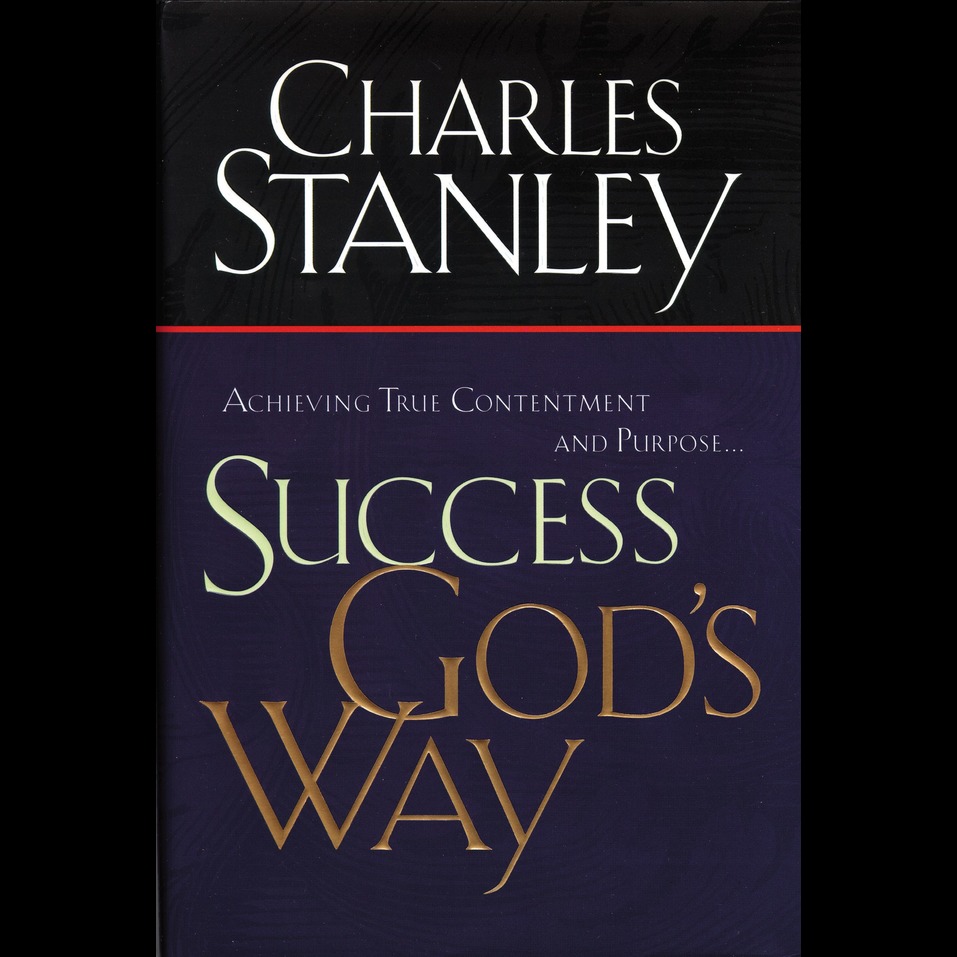
This appears in English translation or transliteration on the left-hand pages. In the top corner, a navigation guide uses bold to show what prayer one is turned to and how far along this is in the service. The book also uses large and colored fonts to emphasize important information or the start of a prayer. , an example of the style commonly found on the book's right hand side.įollowing a trend amongst newer schoolbooks and many other designs, Mishkan T'filah makes extensive use of white space.


By 2006, pre-sales of the new prayer book were over 75,000 copies. Galley proof copies were sent to 300 congregations for three years of field testing, with thousands of recommendations made for improving the original work. Judith Abrams, who submitted a second proposal and who provided expertise in rabbinic source materials, was named as consulting editor, and Rabbi Peter Knobel chaired the editorial committee. With the prayer book, one of the greatest challenges was finding "a balance between wanting to embrace anyone and everyone who walks through our doors and making our worship service distinctly Jewish." In an interview with The Times of Israel, Frishman noted changing religious and political feelings within Reform Jewish communities including an increased emphasis on social justice. All would conclude with a common chatimah, a one-line conclusion, before moving on to the next page. This would allow those seeking a more traditional God-centric prayer service to stay on the right side of the book, while others could choose to focus on readings and meditative style poetry on the left. In Frishman's concept, each pair of pages would feature the Hebrew text with a translation and transliteration on the right page and additional readings on the left from such authors as Yehuda Amichai and Langston Hughes. Two proposals were selected, with one from Rabbi Elyse Frishman of the Barnert Temple in Franklin Lakes, New Jersey, who was able to provide insight on Jewish texts on liturgy and worship, who was named to serve as editor of the new siddur. The CCAR received 18 submissions in response to requests for proposals to meet the standards specified based on the input gathered. Feedback showed that congregants wanted accurate and meaningful translations of prayers, accompanied by a transliteration and commentaries that would provide additional insights into the text without distracting from it. The research found that the themed services touted as a benefit of the GOP did not meet the needs of all worshipers in aiming too narrowly at one group within the congregation and that the traditional responsive readings were found to limit participation.

Diverse groups of volunteers were asked to keep journals regarding their experiences in prayer services as part of gaining insights into what worked well in the existing GOP prayer book, to prepare standards for evaluating new options and to start preparations for creating a revised siddur. Proposals for new design Ī three-year study called "Lay Involvement and Liturgical Change" started in 1985 as part of an effort to better understand the changing spiritual needs of Reform worshipers. The "Carmi Project" generated hundreds of possibilities, many of which would later be integrated into Mishkan T'filah. Carmi was brought in to provide guidance on post-biblical Hebrew texts that could be incorporated into the Reform liturgy. Ī project to address these concerns and increase the poeticism of a future prayerbook was initiated in 1981. To address these issues, some congregations prepared their own prayer materials (often with edits to neutralize gender) or continued use of the Union Prayer Book.

Gates of Prayer was criticized as being a non-cohesive collection of prayers, resulting in a prayer book that was too large, and for its retention of masculine pronouns. 5.3 Divrei Mishkan T'filah: Delving into the Siddurĭevelopment Problems with Gates of Prayer.3.6 Mishkan T’Filah for the House in Mourning.


 0 kommentar(er)
0 kommentar(er)
